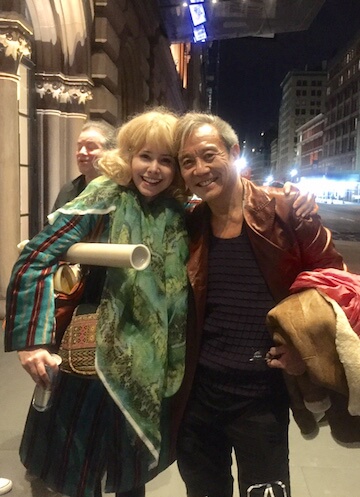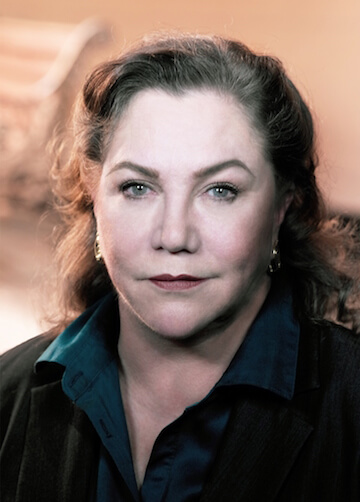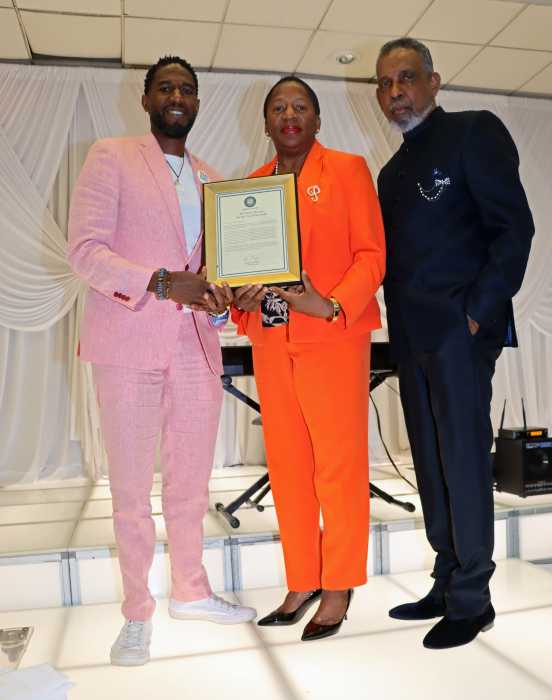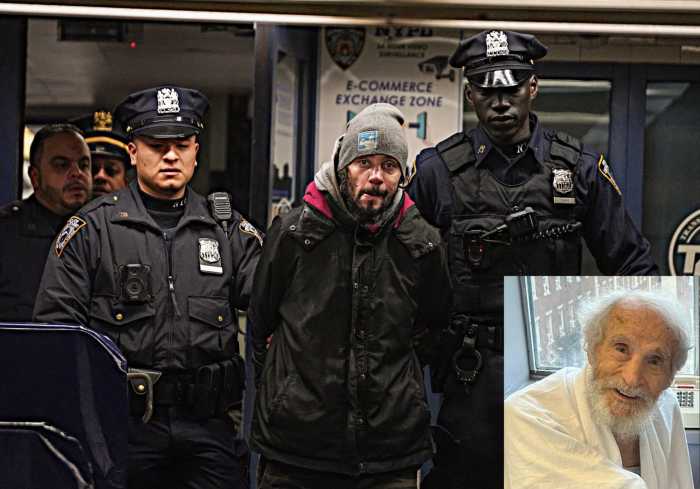Debbie Reynolds in the 1964 MGM film, “The Unsinkable Molly Brown.” | MGM
And now, both Carrie Fisher, 60, and her equally movie-starry mother, Debbie Reynolds, 84, have truly gone into legend, the latter heartbreakingly following her daughter’s untimely death one day later. The facile term “icon” has been tossed around a lot lately regarding them, but it is certainly apropos. The trademark movie characters played by Reynolds and Fisher, Tammy and Princess Leia, respectively, were wholly representative emblems of their eras, the 1950s and the 1970s, with Tammy symbolizing youthful innocence and the homespun country values of a Norman Rockwell/ Eisenhower era, while Leia was bursting with the forthrightness, feverish curiosity, and joyous independence of the post-’60s feminist movement.
Reynolds spoke more directly to this writer, because I was too grown up by the time the first “Star Wars” was released, in 1977, to have Leia really rock my world, as she did scores of younger kids. (Actually, I was far more struck by her searing film debut, two years earlier, in “Shampoo,” in which she definitively played a complex Beverly Hills brat, who, although she sleeps with her despised mother’s hairstylist/ roué lover, adamantly recoils from any other similarity between her and her hated parent.) No, Debbie was the one who affected me, especially in her epic musical “The Unsinkable Molly Brown,” which I saw at the Waikiki Theater (and now cannot really watch as an adult), which made her my favorite movie star as a kid, even more than erstwhile beloveds like Doris Day in “Jumbo,” Natalie Wood in “Gypsy,” or Ann-Margret in “Viva Las Vegas.”
In this film about that wealthy Titanic survivor, Reynolds’ hoydenish tomboy hillbilly spunk – which transforms into a Gibson Girl elegance in a dazzling Morton Haack red befeathered ball gown once Molly strikes it oil-rich in Denver – really caught my childish imagination. “The Singing Nun” followed that, with the ubiquitous strains of the folk song “Dominique,” inescapable by 1966, and Reynolds was a frequent presence on TV, always pretty, glamorous, and animated, like a shiny new toy.
Veteran star reunited in death with daughter Carrie Fisher
It was only later that I became aware of her more important work: as a triple threat 19-year-old ingénue in that greatest of movie musicals, “Singin’ in the Rain,” and as a very sympathetic and realistic Bronx bride-to-be trying desperately to please her wedding-crazed mother (Bette Davis) in Paddy Chayefsky’s “The Catered Affair,” her best-acted role.
When I moved to Los Angeles to attend cinema school at the University of Southern California, I, among a street throng of movie mad fans, caught a glimpse of her on the starry, starry premiere night of “That’s Entertainment,” for which MGM had rounded up seemingly every surviving star from its glory days. I also became aware of her personal passion – the collecting and preservation of costumes from Hollywood’s golden era, the 1920s-1960, engendered by the 1970 mass auction of all of its collected studio memorabilia by the most titanic of studios and Reynolds’ home base, MGM. (I ached to go, but was too young; as a birthday gift that year, however, my mother allowed me to choose one costume from a catalogue an enterprising antique dealer had sent me of items he had purchased at the auction. I chose an Adrian suit worn by Vivien Leigh in “Waterloo Bridge,” not Judy Garland’s red velvet party gown from “Meet Me in St. Louis.” I’ve been kicking myself about that one ever since.)
The biggest heartbreak of Reynolds’ life was her inability, over a period of decades, to raise the proper funds and political support to create a Hollywood museum of film, where her precious artifacts – which ranged from the ruby slippers from “The Wizard of Oz” to her real life romantic rival Elizabeth Taylor’s gold Irene Sharaff “Cleopatra” get-up – could be properly displayed. The jaw-droppingly huge and comprehensive Reynolds collection was eventually auctioned off a few years ago, when she finally threw in the towel, and all those special treasures went the way of the four winds.
Debbie Reynolds with her daughter, Carrie Fisher. | FACEBOOK.COM
When Reynolds was scheduled to perform here at Lehman College about 10 years ago, I got to interview her by phone. I was originally promised 15 minutes max with her to start with, but she liked me and we stretched it to an hour and could easily have gone longer. I had heard rumors of her bisexuality since USC, and I naughtily tried to engage her about her rumored lover, Agnes Moorehead (Reynolds had threatened to sue Eddie Fisher for writing about them, and the two ladies were featured in maybe the most salacious gossip I ever heard when I lived in LA.) But it was no problem at all – Debbie sang her praises and their closeness: “We were always over at each other’s house!” And she really warmed up when I asked her about an obsession of mine – the redoubtably eccentric character actress Martita Hunt. I said, “No one’s probably mentioned her to you for 50 years,” and, without a pause, she went instantly British: “Oh, deah, deah Martita! So veddy veddy British! And so veddy veddy drunk!”
And, when it came to her own personal Brangelina, i.e., the huge scandal involving Elizabeth Taylor and Reynolds’ first husband, Eddie Fisher, who dumped Debbie for her, this late ‘50s Jennifer Aniston flapped her tongue like we were family, all about how time wounds all heels, with her and Elizabeth still on the phone all the time together, joking about Fisher. Let’s face it, that scandal belonged to the world, like (Saint) Ingrid Bergman’s bastards, and she knew it, and kind of reveled in it.
Reynolds managed to survive that brouhaha, as well as her engagement at Lehman, sadly half-filled and constantly interrupted by Westchester alter kockerish women screaming things mid-act like, “My late husband Morris was your drummer in Vegas!” Which she then blithely incorporated into her act, “Morris” becoming a regular punch line (“D’you think Morris woulda liked that song?”), afterwards consenting to sign a truckload of ancient albums and posters brought by her special fans in the audience. Performance-wise, Reynolds’ voice, by that point, was a rather frayed remnant, but, when impersonating Streisand, while wearing a witch’s nose, it was uncanny how much she sounded like her.
Yes, Reynolds survived all of this, and more: three lousy husbands (the last two, who, if not cheating on her, were stealing from her); bankruptcies; enormous debt (see: the husbands), which she worked her butt off to pay off; and a pair of particularly challenging kids, Carrie and Todd, by Fisher.
What Debbie Reynolds could not survive was one of them going before her.
#debbiereynoldskickedass
Contact David Noh at Inthenoh@aol.com and follow him on Twitter @In_The_Noh.




































